Home>Technology>Smart Home Devices>What Does DS Mean On A Wi-Fi Router
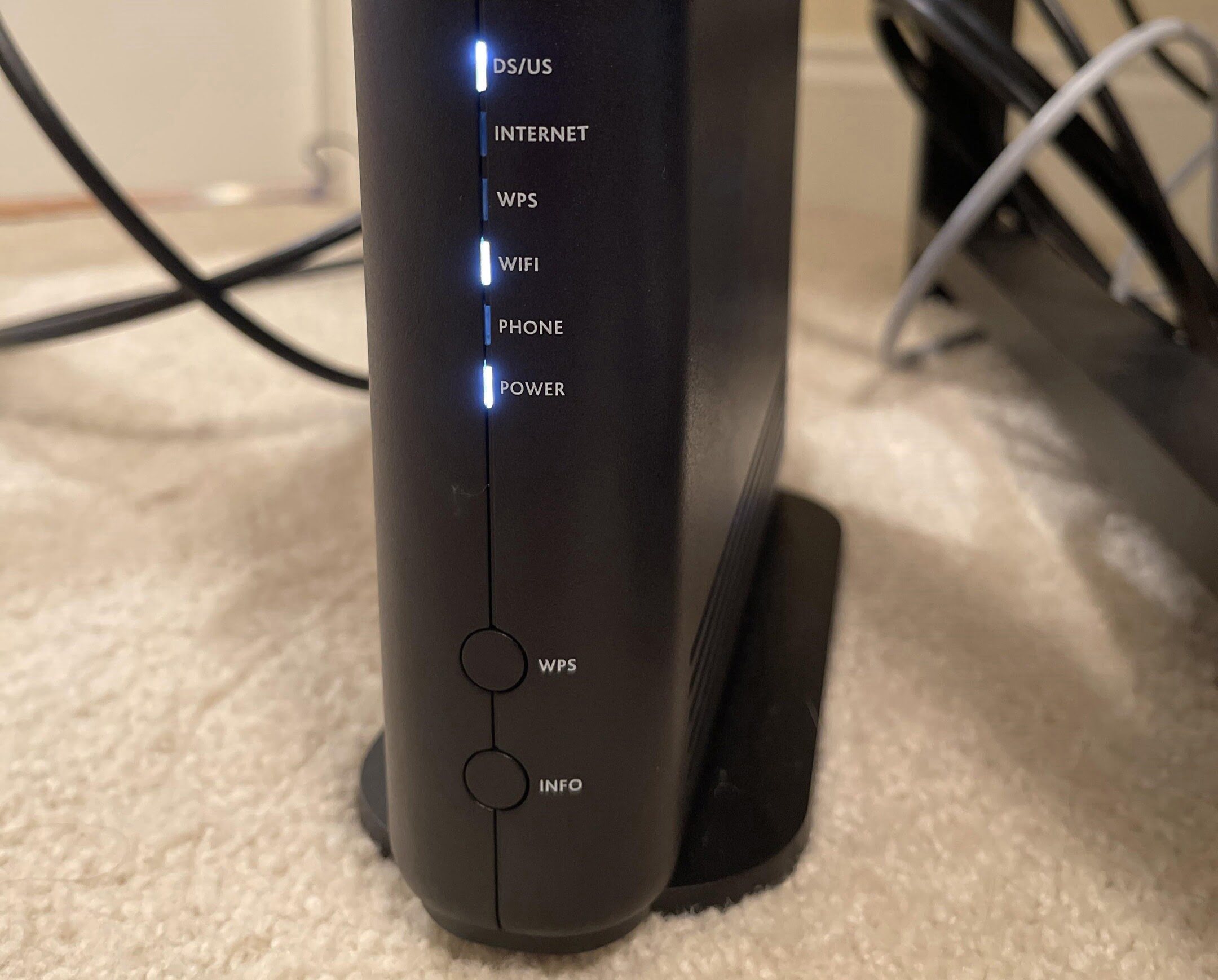

Smart Home Devices
What Does DS Mean On A Wi-Fi Router
Modified: January 9, 2024
Discover the meaning of "DS" on a Wi-Fi router and its relevance to smart home devices. Learn how it impacts your network and connected devices.
(Many of the links in this article redirect to a specific reviewed product. Your purchase of these products through affiliate links helps to generate commission for Storables.com, at no extra cost. Learn more)
**
Introduction
**
When delving into the world of Wi-Fi routers, it’s not uncommon to encounter a multitude of technical terms and acronyms that may seem perplexing at first glance. One such term that often raises eyebrows is "DS," which appears in the settings and configurations of many Wi-Fi routers. Understanding the significance of "DS" and its implications for your home network can be instrumental in optimizing your Wi-Fi experience. In this article, we’ll unravel the mystery behind "DS" on a Wi-Fi router, exploring its meaning, function, and impact on network performance. By shedding light on this enigmatic acronym, you’ll gain valuable insights into enhancing the efficiency and reliability of your wireless network. Join us on this journey as we demystify the significance of "DS" and its role in the realm of Wi-Fi routers.
**
Key Takeaways:
- “DS” on a Wi-Fi router means “Data Stream,” allowing the router to handle multiple data streams at once. This helps deliver faster, more reliable, and efficient wireless connections for various devices in your home.
- Troubleshooting “DS” on a Wi-Fi router involves updating firmware, optimizing settings, and assessing the network environment. By doing so, you can address connectivity issues and ensure a seamless wireless experience.
Read more: What Is The Wi-Fi Router
Understanding DS on a Wi-Fi Router
**
Before delving into the intricacies of "DS" on a Wi-Fi router, it’s essential to grasp the fundamental workings of these ubiquitous devices. Wi-Fi routers serve as the central hub of a wireless network, facilitating the transmission of data between various devices, such as smartphones, laptops, smart home devices, and more. The configuration and settings of a Wi-Fi router play a pivotal role in determining the network’s performance, coverage, and security. Within these settings, the term "DS" often makes an appearance, prompting users to decipher its meaning and relevance.
So, what exactly does "DS" signify in the context of a Wi-Fi router? To comprehend its implications, it’s crucial to delve into its underlying meaning and function within the realm of wireless networking. By unraveling the essence of "DS," users can gain a deeper understanding of how it influences the behavior and performance of their Wi-Fi networks.
**
DS Meaning and Function
**
DS, which stands for "Data Stream," holds significant relevance in the realm of Wi-Fi routers. In essence, it refers to the capability of a router to handle multiple streams of data simultaneously. This feature is particularly vital in modern wireless networking, where the demand for seamless connectivity and high-speed data transfer is ever-increasing.
When a Wi-Fi router supports multiple data streams, it essentially means that it can transmit and receive data across several channels concurrently. This capability is especially beneficial in scenarios where multiple devices are connected to the network, each requiring a dedicated data stream to ensure optimal performance. By efficiently managing data streams, a router can cater to the diverse connectivity needs of various devices, thereby enhancing the overall user experience.
Moreover, the number of data streams supported by a Wi-Fi router directly correlates with its potential for delivering faster and more robust wireless connections. Routers equipped with advanced technologies, such as Multiple Input, Multiple Output (MIMO) and beamforming, can leverage multiple data streams to bolster signal strength, minimize latency, and optimize throughput. As a result, users can enjoy smoother streaming, faster downloads, and improved network stability, even in environments with high device density and network traffic.
Furthermore, the presence of multiple data streams enables Wi-Fi routers to implement spatial multiplexing, a technique that enhances data transmission efficiency by leveraging the spatial diversity of multiple antennas. This approach contributes to maximizing the throughput and reliability of wireless communications, especially in environments where signal propagation and reception may be subject to obstructions and interference.
In essence, the "DS" feature on a Wi-Fi router embodies its capacity to manage and utilize multiple data streams, thereby empowering the network to handle diverse connectivity demands and deliver enhanced performance across a spectrum of usage scenarios.
**
DS on a Wi-Fi router stands for “Dynamic Security.” It’s a feature that automatically adjusts the security settings based on the devices connected to the network. Make sure to keep your router’s firmware updated to ensure the DS feature is working effectively.
DS and Wi-Fi Router Performance
**
The presence of the "DS" feature on a Wi-Fi router significantly impacts its overall performance, influencing various aspects of wireless connectivity and data transmission. By delving into the relationship between "DS" and Wi-Fi router performance, users can gain valuable insights into the implications of this feature on their network experience.
One of the primary ways in which "DS" contributes to Wi-Fi router performance is through its role in optimizing data throughput and network efficiency. Routers equipped with support for multiple data streams can leverage this capability to facilitate concurrent data transmission and reception, thereby enhancing the overall speed and responsiveness of the wireless network. This is particularly advantageous in environments where numerous devices are simultaneously accessing the network, as the router can efficiently manage the data streams to accommodate diverse connectivity requirements.
Furthermore, the utilization of multiple data streams enables Wi-Fi routers to enhance signal coverage and reliability, especially in larger homes or office spaces. By leveraging advanced technologies such as MIMO and beamforming, routers can harness the power of multiple data streams to extend the reach of wireless signals, mitigate dead zones, and optimize the distribution of network resources. This, in turn, leads to a more robust and consistent wireless connection, fostering an improved user experience across the network.
Moreover, the presence of multiple data streams empowers Wi-Fi routers to deliver enhanced performance in bandwidth-intensive scenarios, such as high-definition video streaming, online gaming, and large file transfers. By efficiently managing data streams, routers can cater to the demanding data transmission requirements of modern applications and services, ensuring that users can enjoy seamless connectivity and optimal performance, even in data-intensive usage scenarios.
Overall, the "DS" feature plays a pivotal role in augmenting the performance of Wi-Fi routers, empowering them to deliver faster, more reliable, and more efficient wireless connectivity. By harnessing the capabilities of multiple data streams, routers can optimize network performance, enhance signal coverage, and cater to the diverse connectivity needs of modern households and workplaces.
**
Troubleshooting DS on a Wi-Fi Router
**
While the "DS" feature on a Wi-Fi router is designed to enhance network performance and efficiency, users may encounter occasional issues or challenges related to this functionality. Understanding how to troubleshoot "DS" on a Wi-Fi router can be instrumental in addressing connectivity issues, optimizing performance, and ensuring a seamless wireless experience.
One common troubleshooting step involves ensuring that the Wi-Fi router firmware is up to date. Manufacturers often release firmware updates to address performance issues, enhance compatibility, and introduce new features. By keeping the router’s firmware current, users can mitigate potential issues related to the "DS" feature and benefit from improved stability and functionality.
Additionally, users can optimize the configuration settings of their Wi-Fi routers to leverage the capabilities of the "DS" feature effectively. This may involve adjusting the channel settings, optimizing the wireless security protocols, and fine-tuning the Quality of Service (QoS) parameters to prioritize data streams for specific devices or applications. By tailoring the router settings to align with the demands of the network environment, users can maximize the benefits of the "DS" functionality.
In scenarios where users experience connectivity or performance issues related to the "DS" feature, conducting a thorough assessment of the network environment can be beneficial. This may involve identifying potential sources of interference, optimizing the placement of the Wi-Fi router within the premises, and ensuring that the router’s antennas are positioned optimally to leverage the spatial diversity offered by the multiple data streams.
Furthermore, users can explore the possibility of troubleshooting the "DS" feature by analyzing the compatibility and interoperability of connected devices. In some cases, certain devices may exhibit suboptimal performance when interacting with the router’s multiple data streams, necessitating firmware updates or configuration adjustments to ensure seamless connectivity and data transmission.
Engaging with the manufacturer’s support resources, such as online knowledge bases, community forums, and technical support channels, can also provide valuable insights and guidance for troubleshooting "DS" related issues on a Wi-Fi router. Leveraging these resources can empower users to address challenges effectively, optimize their network configurations, and harness the full potential of the router’s capabilities.
By familiarizing themselves with these troubleshooting approaches, users can navigate potential issues related to the "DS" feature on their Wi-Fi routers, ensuring that their wireless networks operate at peak performance and deliver a seamless connectivity experience across a diverse range of usage scenarios.
**
Conclusion
**
As we conclude our exploration of the enigmatic "DS" feature on Wi-Fi routers, it becomes evident that this seemingly cryptic acronym holds substantial significance in the realm of wireless networking. The "DS" feature, embodying the capability to manage multiple data streams, plays a pivotal role in optimizing the performance, efficiency, and reliability of Wi-Fi routers, thereby enhancing the overall wireless connectivity experience for users.
By unraveling the meaning and function of "DS," we’ve gained valuable insights into its impact on network performance, signal coverage, and data throughput. The ability of Wi-Fi routers to handle multiple data streams concurrently empowers them to cater to the diverse connectivity needs of modern households and workplaces, delivering faster, more reliable, and more efficient wireless connections across a spectrum of usage scenarios.
Furthermore, our exploration of troubleshooting approaches has equipped users with valuable strategies for addressing potential issues related to the "DS" feature, ensuring that they can optimize their network configurations and harness the full potential of their Wi-Fi routers.
As technology continues to evolve and the demand for seamless wireless connectivity grows, the role of the "DS" feature in Wi-Fi routers becomes increasingly critical. By understanding and leveraging this functionality, users can elevate their network performance, mitigate connectivity challenges, and embrace a more robust and responsive wireless experience.
In essence, the enigmatic "DS" feature on Wi-Fi routers embodies the promise of enhanced connectivity, optimized performance, and seamless wireless experiences, paving the way for a future where wireless networking transcends barriers and empowers users to connect with unparalleled ease and efficiency.
Frequently Asked Questions about What Does DS Mean On A Wi-Fi Router
Was this page helpful?
At Storables.com, we guarantee accurate and reliable information. Our content, validated by Expert Board Contributors, is crafted following stringent Editorial Policies. We're committed to providing you with well-researched, expert-backed insights for all your informational needs.
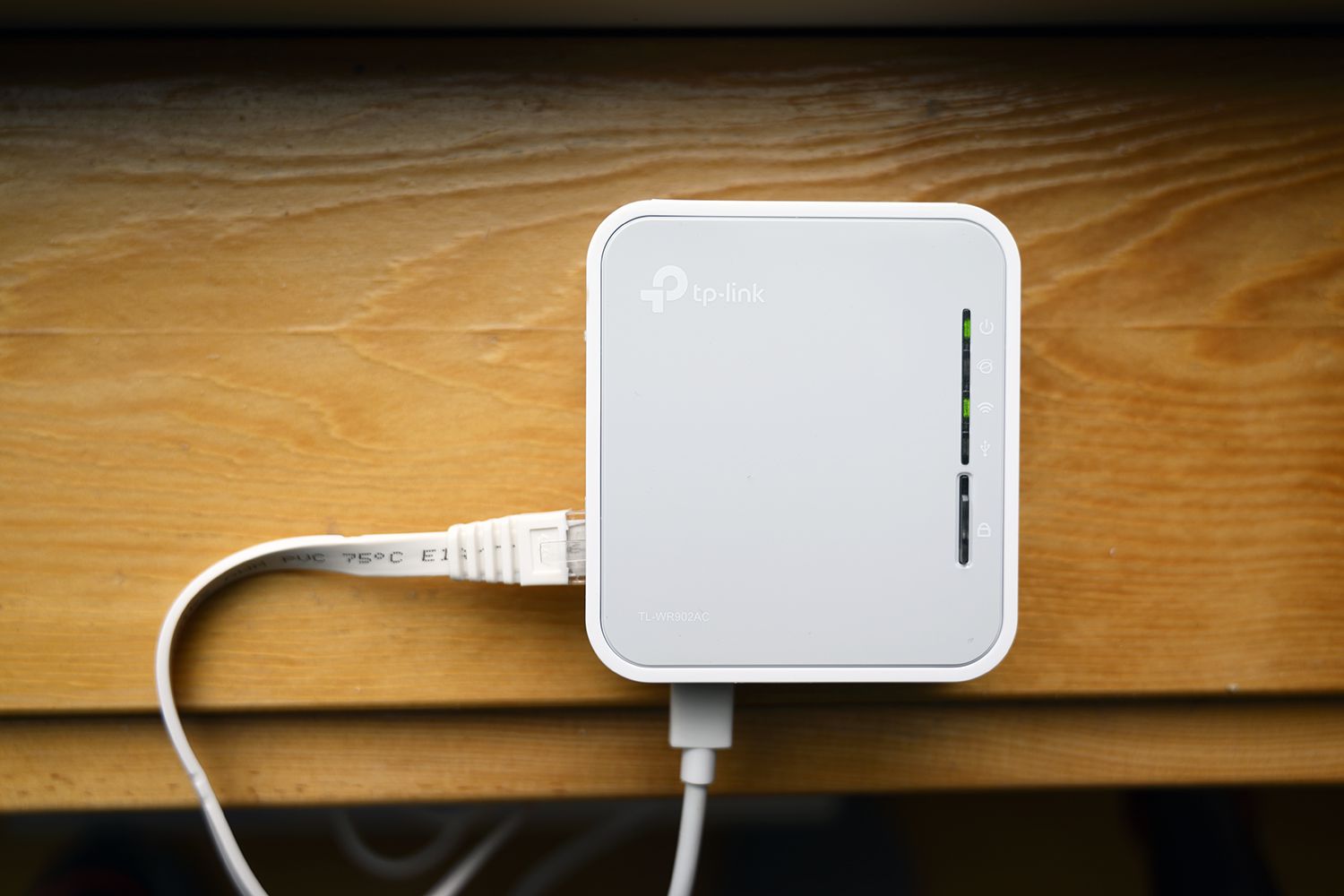






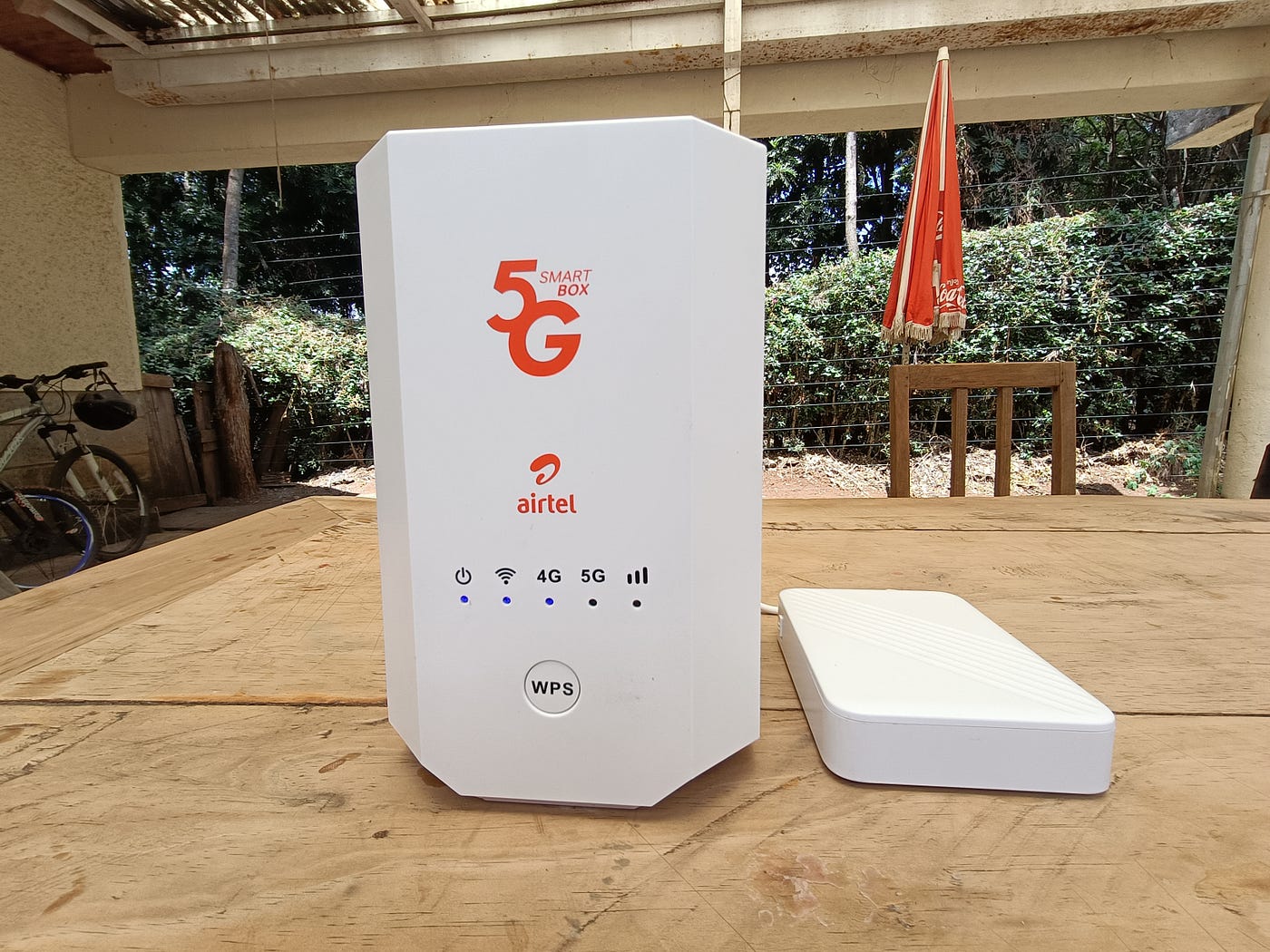

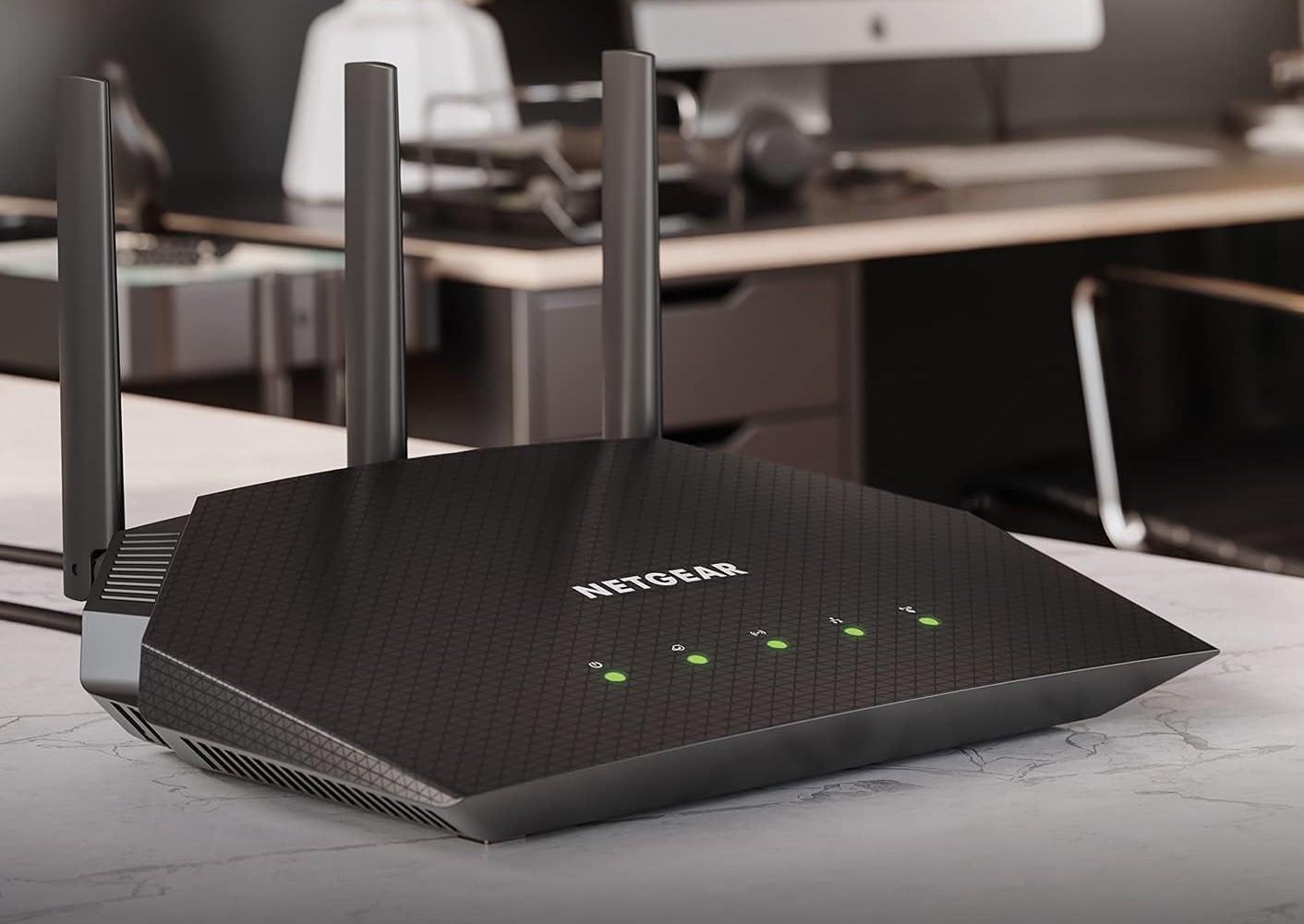
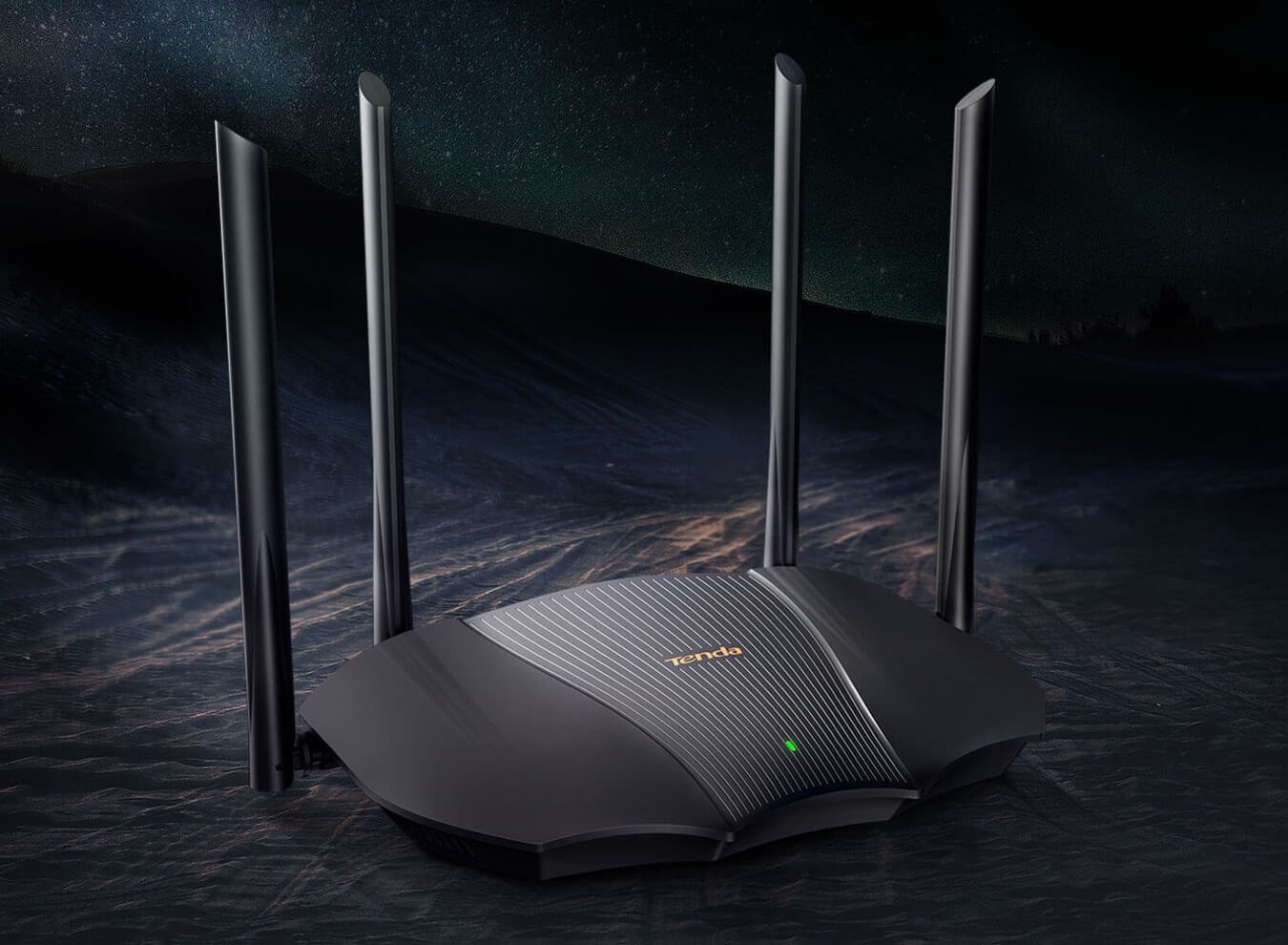
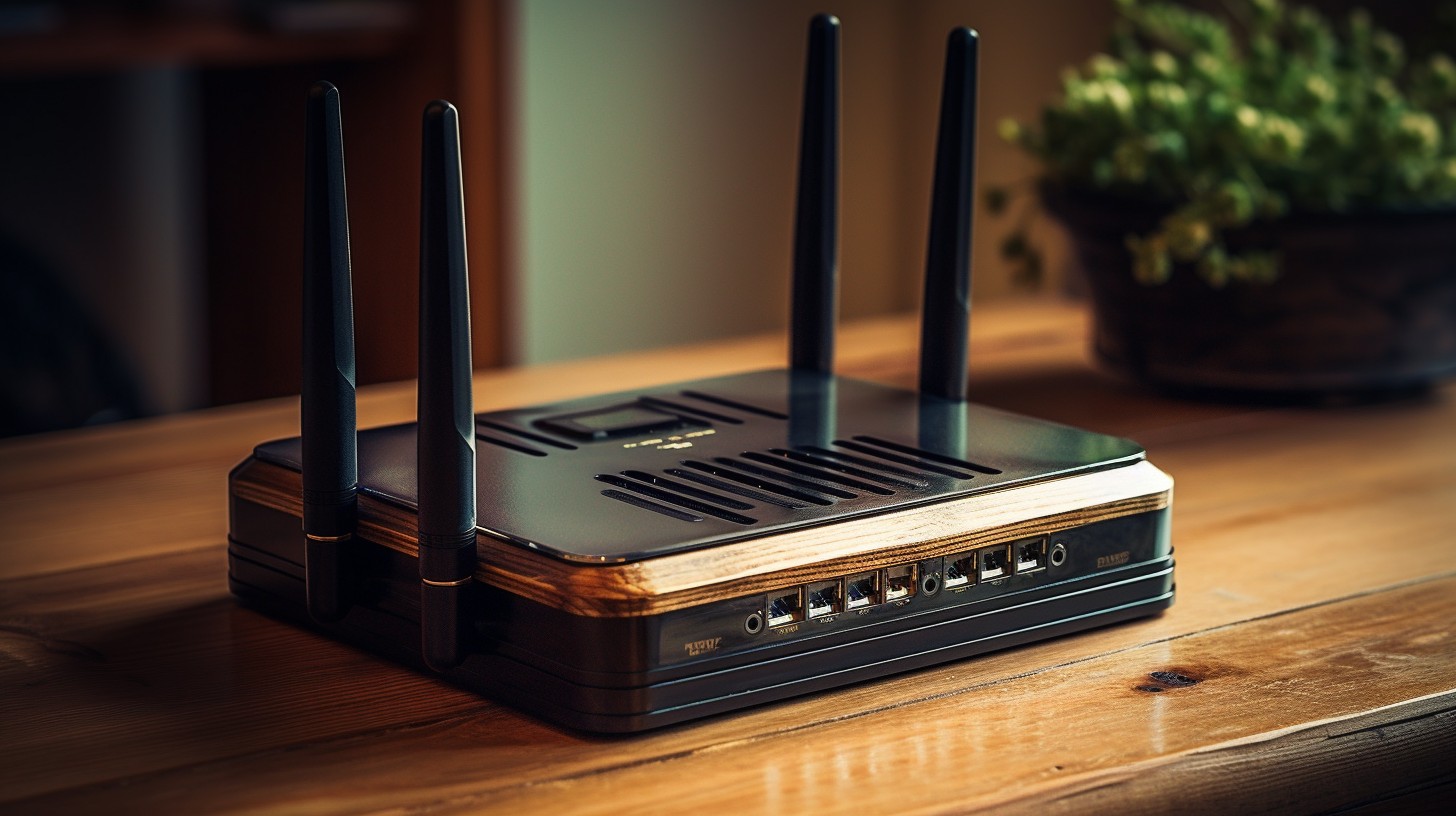



0 thoughts on “What Does DS Mean On A Wi-Fi Router”